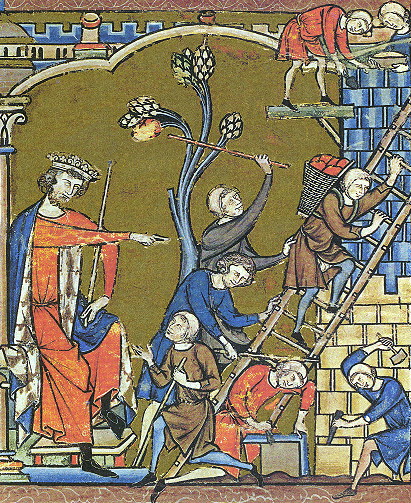A favorite quote from van Gogh, “For my part I know nothing with any certainty, but the sight of the stars makes me dream.” Humility when faced by the realization of vastness that is the universe. A noble insight.
But read further, it was a letter to his brother, “but the sight of the stars makes me dream, in the same simple way as I dream about the black dots representing towns and villages on a map. Why, I ask myself, should the shining dots in the sky be any less accessible to us than the black dots on the map of France?” So a star explorer, that van Gogh. Looking up and thinking of travel to the stars. To boldly go.
But this is 1888, how do you get to the stars? A decade later a Russian schoolteacher would propose rockets for space travel, but this is 1888, getting there seemed impossible. “If we take the train to get to Tarascon or Rouen, then we take death to go to a star. What is certainly true in this reasoning is that while we are alive we cannot go to a star, any more than, once dead, we could catch a train.”
Take death to the stars. It’s always a journey, that death, always elsewhere. Internal journey, Resurrection, is reserved for the gods, or put off to the end of time. Or hoped for by the last electrical signals of brains in liquid nitrogen vats. But death, death takes you to the stars.
“It seems possible to me that cholera, gravel, phthisis, and cancer could be the means of celestial transportation, just as steam-boats, omnibuses, and railways serve that function on earth. To die peacefully of old age would be to go there on foot.” A vast galactic network of aliens star jumping around the universe. And we slow souls, trying not to get the phthisis, stuck here on Earth.
“Is the whole of life visible to us, or do we in fact know only the one hemisphere before we die?” Dear Vincent, I wish I knew.
